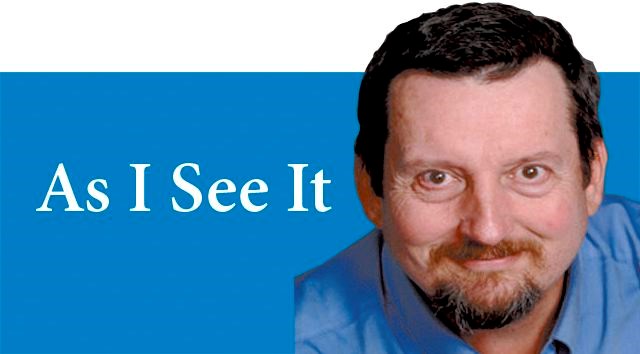As far back as biblical times, a census would be conducted of all the citizens within a given land. It is an enumeration on the number of individuals and necessary for the effective allocation of resources.
The last ten years in Canada have been problematic as the 2011 National Household Survey missed a fair amount of data requiring extrapolation from previous censuses and predictive models. However, the 2016 Census had a 98.4 pere cent response rate and is providing a much better snapshot of who we are and where we stand.
Over the past few months, as analysis of the data is being completed, reports have been trickling out. Last February, population and dwelling counts were released. We are now 35,151,728 strong - up five per cent from the estimated 33,476,688 given in 2011.
We live in 15,412,443 dwellings, although only 14,072,079 are occupied by "the usual residents". That is an interesting statistic as it suggests about 10 per cent of all dwellings in Canada are not primary residences. It would certainly explain the number of people I know who have cottages at our surrounding lakes.
This sort of data can be used by various levels of government to understand how our communities are growing. For example, Prince George is not keeping pace with the population growth in the province and the country. Addressing this issue is critical to the development and maintenance of the infrastructure. Our municipal tax burden demands higher per capita increases as costs keep increasing but the number of people supporting those costs does not.
Last week, StatsCan released "Household income in Canada." This report compares the median household income between 2005 and 2015. "Median" is not the "average" income. Rather, it reflects the income which are above and below 50 per cent of the population. Further, the survey is for households and not individuals.
With those caveats, the Canadian median household income rose from $63,457 to $70,336 or a 10.8 per cent increase during that decade. In British Columbia, our medians were $62,372 and $69,995 or a 12.2 per cent increase - slightly below the national average. However, we are catching up.
Growth was not distributed evenly across the country with the resource-based provinces demonstrating the highest growth rates. For this past decade, growth rates in Ontario and Quebec have lagged behind the rest of the country. Ontario still remains above average ($74,287) but growth between 2005 and 2015 was only 3.8 per cent.
All of this paints a rosy picture of household wealth and economic progress. However, contrasting household incomes to personal incomes paints a somewhat different story.
In 2015, of the 26,810,840 Canadians reporting income, 5,754,730 earned less than $15,000 per year. This group isn't just high school and post-secondary students. It represents 21.4 per cent of the working population and about 16 per cent of our total population. It means a lot of Canadians are earning much less than a liveable wage.
At the other end of the socio-economic spectrum, 240,280 or 0.9 per cent of Canadians had incomes greater than $250,000. The median income for this top group is about $320,000 per year and the average is about $465,000. The net collective earnings of this group is more than the collective earnings of the bottom 20 per cent. This is further evidence of the income disparity which exists in Canada and other western countries. The rich control much more of the wealth than the rest of the population while they do pay a significant share of the tax burden.
But the question is at what level is this equitable? For example, as of 2016, the wealthiest one per cent paid about 20 per cent of the income tax load for the country. On average, about one third of their income was tied up in federal income tax. Is that fair?
It would seem the government doesn't believe it is. The argument is something along the lines that they earn more than 20 per cent of the total income within the country. Their share of income tax should be closer to their share of the total income.
Further, a tax rate of 33 per cent might sound high but for someone earning $450,000 per year, it still leaves $300,000 of net disposable income or about $820 per day. Yes, there are other taxes which come into play but this is true at all levels of income.
Certainly for someone earning $15,000 per year (or $41 per day), the costs of non-progressive tax measures is a larger burden. For example, both individuals pay the same amount for a litre of gas but as a proportion of income, it is not even a close comparison.
A census allows us to see these disparities and possibly take political action. It allows a government to understand the inherent income inequality in our economy. To this end, the federal government would argue, those earning more can and should pay more - or at the very least, their fair share.



